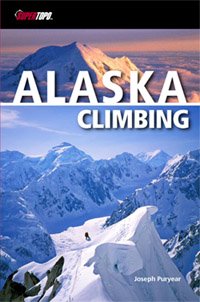On October 27, 2010, Joe Puryear died while climbing in Tibet. Just before he departed for his last adventure, Joe set up the joepuryearimages.com website to feature his photography and make it available for others to purchase and enjoy.
These images are stunning and capture Joe's vision of the world. His enthusiasm and love for exploration are present in each photo and hopefully will inspire others to love and protect these open spaces.
I will be maintaining and updating this site with Joe's complete history of photos. This will be a work in progress. Forty percent of the proceeds from the sale of his photos will be donated to the Access Fund, an organization Joe deeply believed in.
Please feel free to contact me if you have any questions or would like to see photos from a blog post that are not yet on the website.
Thank you,
Michelle Puryear
These images are stunning and capture Joe's vision of the world. His enthusiasm and love for exploration are present in each photo and hopefully will inspire others to love and protect these open spaces.
I will be maintaining and updating this site with Joe's complete history of photos. This will be a work in progress. Forty percent of the proceeds from the sale of his photos will be donated to the Access Fund, an organization Joe deeply believed in.
Please feel free to contact me if you have any questions or would like to see photos from a blog post that are not yet on the website.
Thank you,
Michelle Puryear































